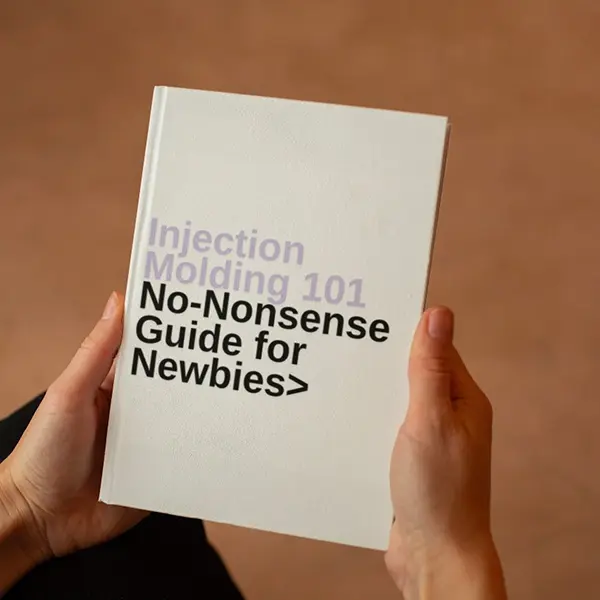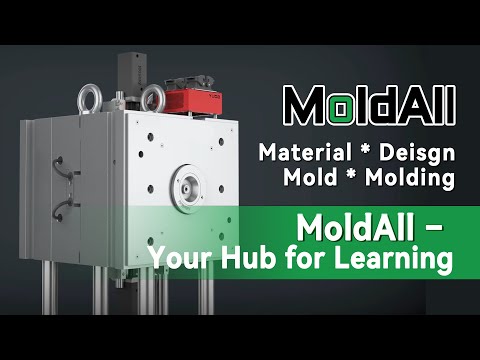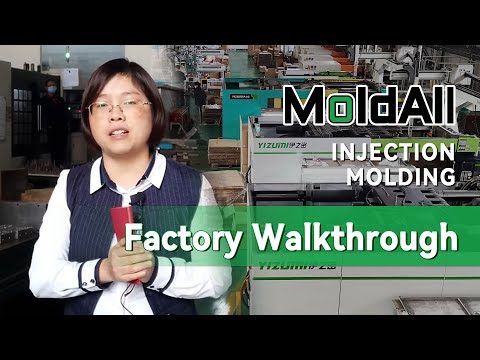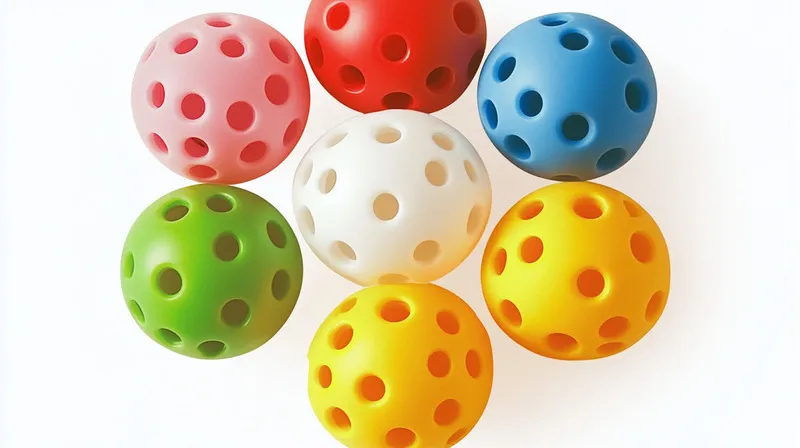
Side actions in injection molding are specialized mechanisms that enable the creation of complex part features, such as undercuts1, which cannot be achieved with standard molds. These features, like snap-fits or threaded holes, are essential for many industries but would otherwise prevent the part from being ejected. Side actions solve this by moving laterally to form these geometries and retracting to release the part.
Side actions are movable mold components that create undercuts in injection-molded parts2, allowing for intricate designs like threads or snap-fits, but they increase mold complexity and cost.
Understanding side actions3 is crucial for industries requiring precision and functionality in plastic parts. Explore how they work, their applications, and when to use them to optimize your manufacturing process.
Side actions are essential for all injection molding projects.False
Side actions are only necessary for parts with undercuts or complex geometries that cannot be achieved with standard molds.
Using side actions can reduce overall production costs.True
By enabling the production of complex parts in a single molding operation, side actions can eliminate the need for secondary machining or assembly steps.
- 1. What Are the Types of Side Actions in Injection Molding?
- 2. How Do Side Actions Work in the Injection Molding Process?
- 3. What Are the Key Factors to Consider When Using Side Actions?
- 4. What Are the Applications of Side Actions in Injection Molding?
- 5. How Do Side Actions Compare to Other Methods for Creating Undercuts?
- 6. Conclusion
What Are the Types of Side Actions in Injection Molding?
Side actions are critical for producing parts with undercuts, offering flexibility in design while adding complexity to the mold.
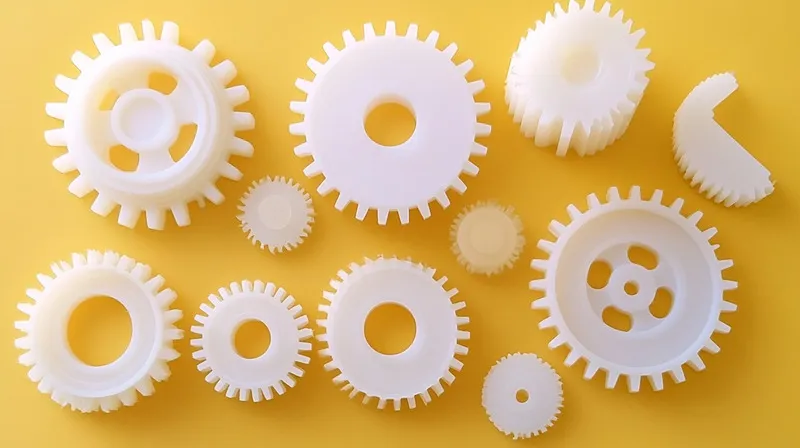
Common side action types include cams, lifters, sliders, unscrewing mechanisms4, and collapsible cores5, each suited for specific undercut features like threads, holes, or snap-fits.
| Side Action Type | Mechanism | Typical Uses |
|---|---|---|
| Cams | Angled pins for lateral movement | Complex, high-volume parts |
| Lifters | Integrated with ejector system | Internal undercuts like holes |
| Sliders | Lateral movement for external features | Slots, grooves, large undercuts |
| Unscrewing Mechanisms | Rotational movement for threads | Threaded caps, bolts, nuts |
| Collapsible Cores | Inward collapse for complex internals | Negative draft angles, intricate shapes |
Cams
Cams use angled pins to move the core or cavity sideways as the mold opens or closes. They are ideal for high-volume production and parts with intricate geometries.
Lifters
Lifters are driven by the mold’s ejector system and move at an angle to release internal undercuts, such as holes or recesses. They are commonly used for smaller, precise features.
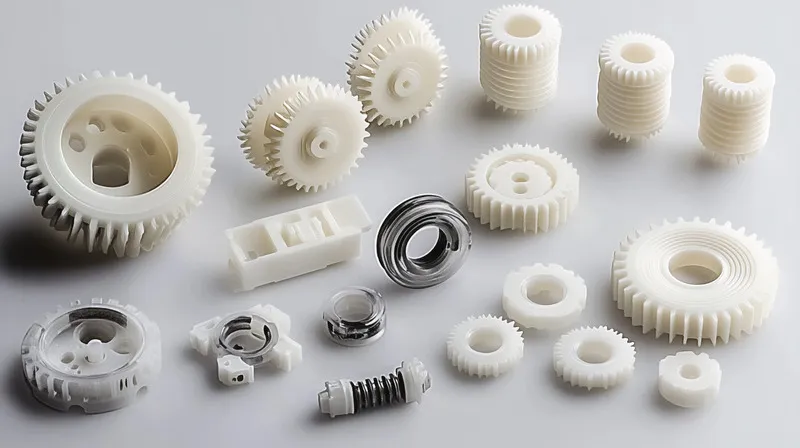
Sliders
Sliders move laterally to release external undercuts like slots or grooves. They are often employed for larger features that require significant lateral movement.
Unscrewing Mechanisms
These mechanisms rotate to form and release threaded features, such as screws or bottle caps, ensuring the threads are not damaged during ejection.
Collapsible Cores
Collapsible cores are used for parts with negative draft angles or complex internal geometries. They collapse inward to allow the part to be ejected without damage.
Cams are the most common type of side action.True
Cams are widely used due to their versatility in handling complex, high-volume parts with undercuts.
All side actions require manual operation.False
Many side actions are automated, using hydraulic or mechanical systems for precise control.
How Do Side Actions Work in the Injection Molding Process?
Side actions are integrated into the mold to create and release complex features during the injection molding cycle, requiring precise timing and design.
Side actions move laterally to form undercuts during molding and retract to allow part ejection, synchronized with the mold’s opening and closing.
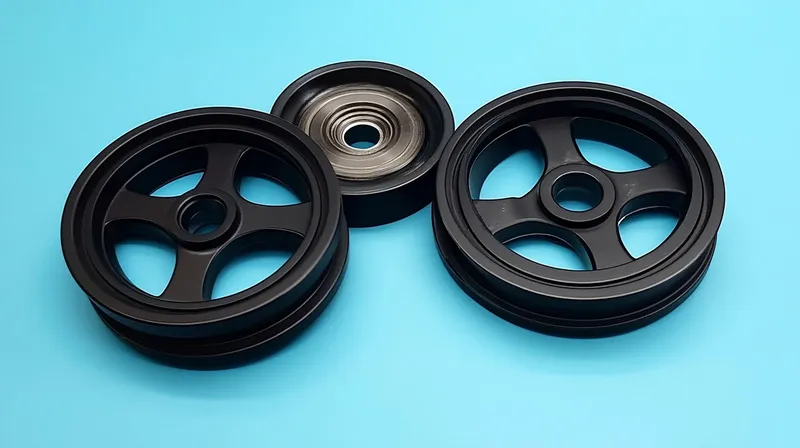
Design Phase
-
CAD Modeling: Use CAD software to design the mold and simulate side action movements to ensure no interference.
-
Undercut Analysis: Identify all undercuts that require side actions and determine the type needed.
Mold Fabrication
-
Material Selection: Choose durable materials like hardened steel for side action components to withstand high pressures and wear.
-
Precision Machining: Use CNC machining to create accurate side action components and ensure smooth operation.

Injection Molding Cycle
-
Mold Closing: Side actions move into position to form undercuts as the mold closes.
-
Injection: Molten plastic is injected into the cavity, flowing around the side actions to create the desired features.
-
Cooling: The part cools and solidifies, with side actions holding the undercuts in place.
-
Mold Opening: As the mold opens, side actions retract to release the undercuts.
-
Part Ejection: The part is ejected, now free of the mold due to the retracted side actions.
Key Considerations
-
Timing: Side actions must be precisely synchronized with the mold’s movements to avoid part damage.
-
Maintenance: Regular lubrication and inspection are necessary to prevent wear and ensure longevity.
Side actions always increase cycle time.False
While side actions can extend cycle time, optimized designs and automation can minimize this impact.
Side actions are only used for external undercuts.False
Side actions can create both internal and external undercuts, depending on the mechanism used.
What Are the Key Factors to Consider When Using Side Actions?
Using side actions requires careful planning to balance design flexibility with manufacturing constraints.
Key factors include part complexity, mold cost, production volume, and maintenance needs, which influence the decision to use side actions.
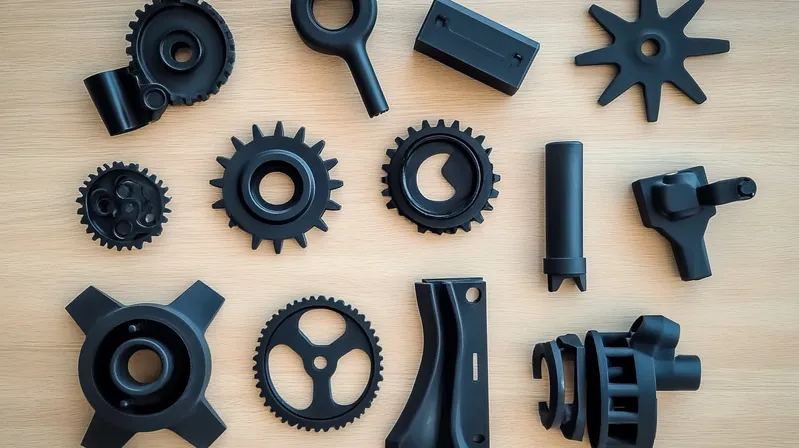
Part Complexity
-
Undercut Features: Determine if the part’s undercuts are necessary or if the design can be modified to avoid them.
-
Design Optimization: Use draft angles and alternative fastening methods to reduce reliance on side actions.
Mold Cost and Complexity
-
Tooling Investment: Side actions increase mold complexity and cost due to additional components and precision requirements.
-
Production Volume: For high-volume production, the cost of side actions can be justified by eliminating secondary operations.
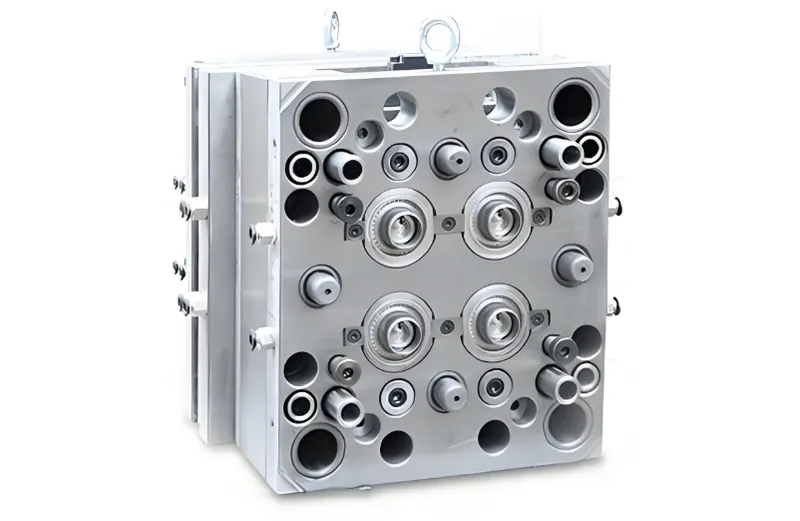
Material and Process Compatibility
-
Material Shrinkage: Account for material shrinkage to ensure side actions release properly without damaging the part.
-
Injection Pressure: Ensure the mold and side actions can withstand the injection pressure without deflecting.
Maintenance and Durability
-
Wear and Tear: Side actions are prone to wear; regular maintenance is essential to prevent production downtime.
-
Lubrication: Proper lubrication reduces friction and extends the life of side action mechanisms.
Side actions are suitable for all types of plastics.True
Most thermoplastics are compatible with side actions, though material properties like shrinkage must be considered.
Side actions eliminate the need for draft angles.False
Draft angles are still necessary on non-undercut surfaces to facilitate part ejection.
What Are the Applications of Side Actions in Injection Molding?
Side actions are vital in industries requiring precision and functionality in plastic parts, enabling complex designs without additional assembly.
Side actions are used in automotive, electronics, medical, and consumer goods for parts with snap-fits, threads, or holes, enhancing functionality and reducing costs.
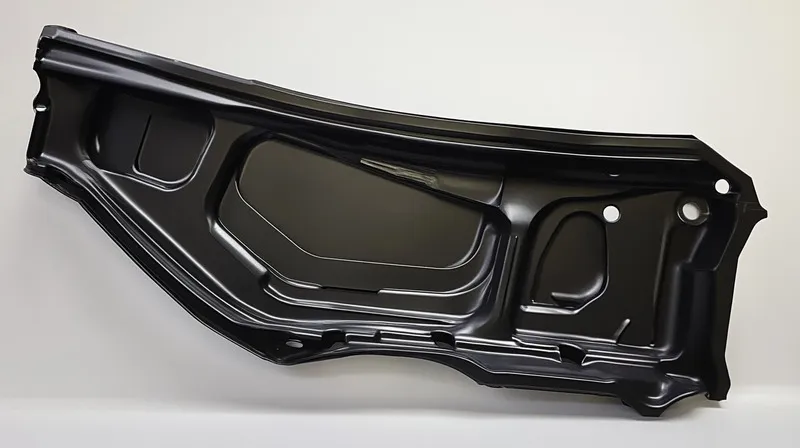
Automotive Industry
-
Interior Trim: Clips, connectors, and dashboard components with snap-fits or threaded inserts.
-
Exterior Parts: Grilles and housings with complex geometries for airflow or aesthetics.
Consumer Electronics
-
Housings: Enclosures with precise slots for buttons, ports, or speakers.
-
Connectors: Parts with undercuts for secure assembly without screws.
Medical Devices
-
Syringe Components: Plungers and barrels with internal undercuts for sealing.
-
Threaded Caps: For bottles or containers requiring secure, reusable closures.
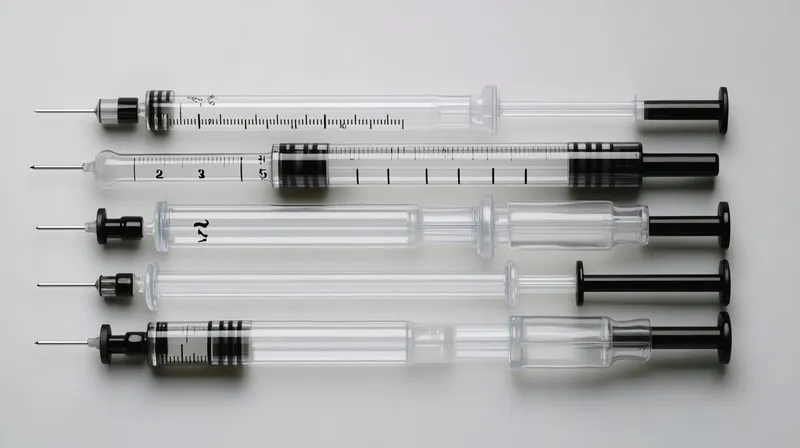
Consumer Goods
-
Packaging: Bottles with threaded necks or snap-fit lids.
-
Toys and Appliances: Parts with functional features like latches or handles.
Side actions are primarily used in low-volume production.False
Side actions are commonly used in high-volume production to reduce per-part costs by eliminating secondary operations.
Side actions can be used for both internal and external undercuts.True
Different side action types are designed to handle various undercut locations and complexities.
How Do Side Actions Compare to Other Methods for Creating Undercuts?
Side actions offer a balance between design flexibility and production efficiency, but alternatives exist for specific scenarios.
Side actions are preferred for high-volume production of complex parts, while alternatives like straight-pull molding or CNC machining suit simpler or low-volume needs.
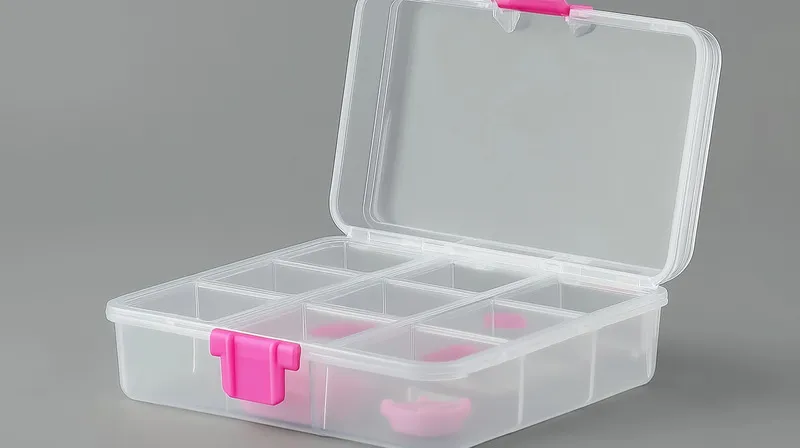
Straight-Pull Molding
-
Pros: Simpler, cheaper molds; faster production.
-
Cons: Limited to parts without undercuts; may require redesign.
Multi-Slide Molding
-
Pros: Handles highly complex geometries with multiple movements.
-
Cons: More expensive and less common; longer setup times.
CNC Machining
-
Pros: Ideal for low-volume production or prototyping; no mold required.
-
Cons: Slower and more expensive for mass production.
Redesigning Parts
-
Pros: Eliminates the need for side actions; reduces mold complexity.
-
Cons: May compromise functionality or aesthetics.
Side actions are the only way to create undercuts in injection molding.False
Alternatives like multi-slide molding or post-molding machining can also create undercuts, though often at higher costs or with limitations.
Side actions are more cost-effective than CNC machining for high-volume production.True
For large quantities, the per-part cost of injection molding with side actions is significantly lower than CNC machining.
Conclusion
Side actions are indispensable in injection molding6 for producing parts with complex features7 like undercuts, threads, or snap-fits. They enable industries such as automotive, electronics, and medical devices to create functional, high-quality parts in a single operation, reducing the need for secondary processes. However, their use requires careful consideration of design, cost, and maintenance factors. By understanding the types, applications, and technical aspects of side actions, manufacturers can optimize their production processes and enhance product performance.
-
Learn about undercuts and their significance in creating complex designs in injection molded parts. ↩
-
Explore the diverse applications of injection-molded parts across industries to understand their importance. ↩
-
Discover the mechanics and benefits of side actions in injection molding to enhance your manufacturing process. ↩
-
Explore how unscrewing mechanisms function to create threaded features without damage, crucial for quality production. ↩
-
Learn about collapsible cores and their role in producing complex shapes, enhancing your design capabilities. ↩
-
Exploring injection molding will provide insights into its processes and benefits for manufacturing industries. ↩
-
Learning about complex features can help in designing innovative products and improving manufacturing efficiency. ↩


